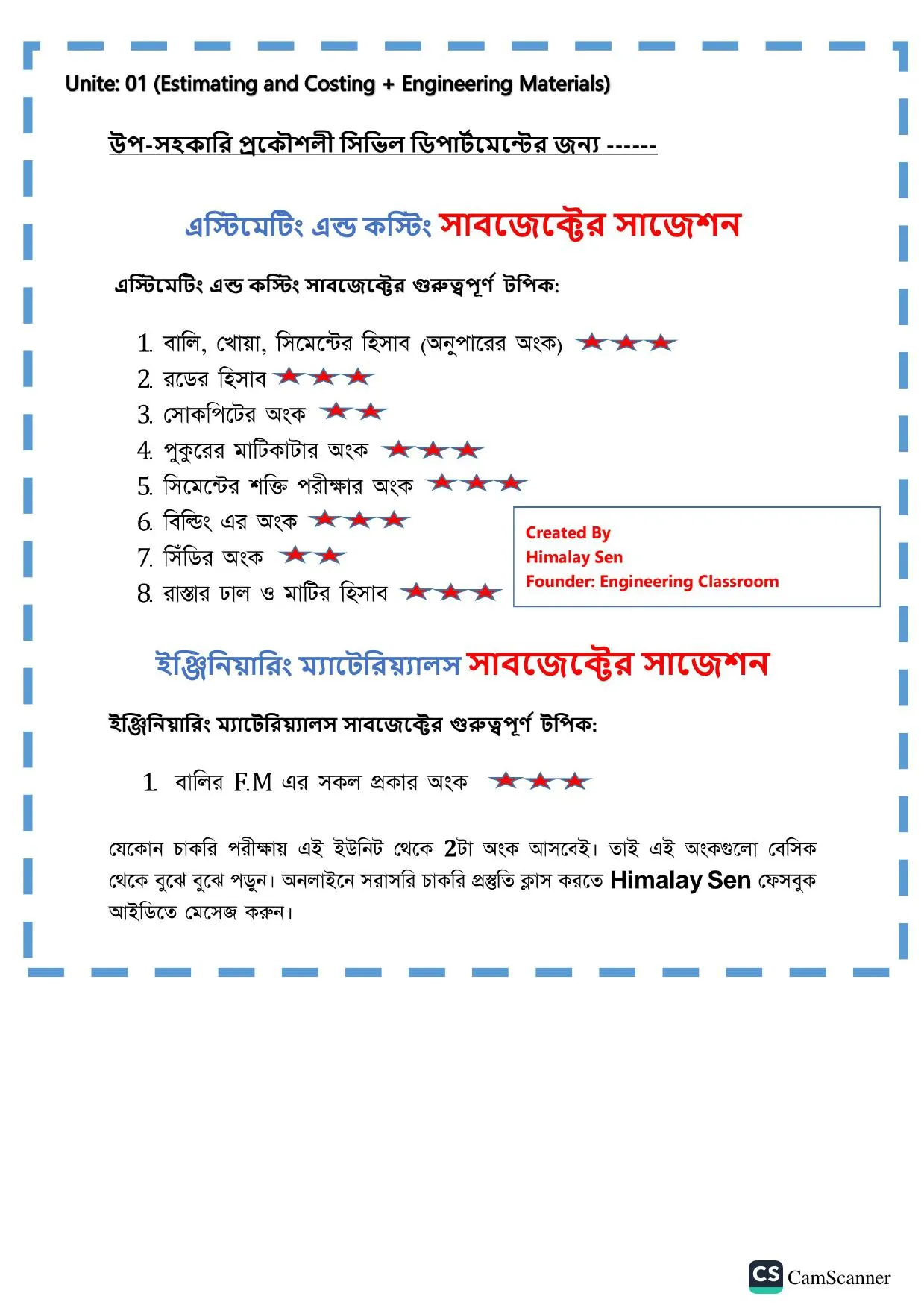MCQ
2121. Which of the following is an extensive property?
Volume
Pressure
Viscosity
All of the above
2122. An ideal gas obeys the law-
PT = nR ̅V
PV=n/R ̅T
PV= nR ̅T
PV= nR ̅/T
2123. A process in which the temperature of the working substance remains constant during its expansion or compression is called-
Isothermal process
Hyperbolic process
Adiabatic process
Polytrophic process
2124. Workdone in free expansion process is-
Zero
Minimum
Maximum
Positive
Himalay Sen Sir
মেকানিক্যাল ইঞ্জিনিয়ারিং MCQ
থার্মোডায়নামিক্স mcq
mechanical mcq
মেকানিক্যাল বিগত সালের প্রশ্ন সমাধান
ব্যাখ্যা: There is no restraining/opposing force or pressure as expansion occurs against vacuum. So, dw = 0 (in case of free expansion).
2125. In an isolated system, can be transferred between the system and its surrounding.
Only energy
Only mass
Both energy and mass
Neither energy nor mass
2126. Which is true for adiabatic process?
∆W = 0
∆Q = 0
∆W=0
∆P=0
2127. The ratio of specific heat at constant pressure (Cp) and specific heat at constant volume (Cv) is-
Equal to one
Less than one
Greater than one
None
2128. The entropy in an irreversible cyclic process is -
Remains constant
Decrease
Increase
None of them
2129. In vapour compresion refrigeration system, refrigerant occurs as liquid between-.
condeuser and expäision valve
compressor and evaporator
expansion valve and evaporator
compressor and condenser
2130. Pick up the correct statement about giving up of heat from one medium to other in ammonia absorption system-
strong solution is weak solution
weak solution to strong solution
atozng solution to ammonia vapour
ammonia vapour to weak solution
2131. Efficiency of a Carnot engine is given as 80%. If the cycle direction he reversed, what will be the value of COP of reversed Carnut cycle?
125
0.5
0.25
0.8
2132. An isobaric process, has constant-
Density
Temperature
Pressure
Volume
2133. If the value of n = 0 in the equation PV^n = C, then the process is called-
Constant volume process
Adiabatic process
Constant pressure process
Isothermal process
Himalay Sen Sir
মেকানিক্যাল ইঞ্জিনিয়ারিং MCQ
থার্মোডায়নামিক্স mcq
mechanical mcq
মেকানিক্যাল বিগত সালের প্রশ্ন সমাধান
ব্যাখ্যা: Constant Pressure Process (n= 0)
Isothermal Process (n = 1)
[BREB-2014]
Adiabatic Process (n = y)
Polytropic Process (y> n > 1)
Constant Volume Process (n = ∞)
PV°=C
⇒ P=C [V°=1]
2134. The entropy in an irreversible cyclic process.
Remain constant
Decreases
Increase
First increase then decrease
2135. For the same heat input and same compression ration.
Otto cycle and diesel cycle are equally efficient
Otto cycle is less efficient than diesel cycle
Efficiency depends mainly on working substance
None of the above
2136. A path 1-2-3 is given. A system absorbs 100 kj as heat and does 60kj of work while along the path 1-4-3, it does 20kj of work. The heat absorbed during the cycle 1-4-3 is-
-140kj
-80kj
-40kj
+60kj
Himalay Sen Sir
মেকানিক্যাল ইঞ্জিনিয়ারিং MCQ
থার্মোডায়নামিক্স mcq
mechanical mcq
মেকানিক্যাল বিগত সালের প্রশ্ন সমাধান
ব্যাখ্যা: For 1-2-3 cycle.
𝘘1-2-3 = 100 kj
W1-2-3 = 60 kj
We know,
Heat = Internal energy + Work
𝘘1-2-3 = 𝘘1-2-3 + W1-2-3
𝘘1-2-3 = 𝘘1-2-3 - W1-2-3
𝘘1-2-3 = (100-60) kj = 40 kj
Again, For 1-4-3 cycle,
W1-4-3 = 20kj
𝘘1-2-3 = 𝘘1-4-3 =40kj
Again, we know,
𝘘1-4-3 = 𝘘1-4-3 + W1-4-3
= 40 kj+20 kj = 60 kj
For 1-2-3 cycle.
𝘘1-2-3 = 100 kj
W1-2-3 = 60 kj
We know,
Heat = Internal energy + Work
𝘘1-2-3 = 𝘘1-2-3 + W1-2-3
𝘘1-2-3 = 𝘘1-2-3 - W1-2-3
𝘘1-2-3 = (100-60) kj = 40 kj
Again, For 1-4-3 cycle,
W1-4-3 = 20kj
𝘘1-2-3 = 𝘘1-4-3 =40kj
Again, we know,
𝘘1-4-3 = 𝘘1-4-3 + W1-4-3
= 40 kj+20 kj = 60 kj
2137. Where does the lowest temperature occur in a vapour compression cycle?
condenser
compressor
evaporator
expansion valve
2138. A mixture of gas expands from 0.03m to 0.06^3m at a constant pressure of 1 mpa and absorbs 84kj of heat during the process. The change in internal energy of the mixture is-
30 kj
54 kj
84 kj
114 kj
2139. In a throttling process-
In a throttling process-
Temperature remains constant
Enthalpy remains constant
Volume remains constant
2140. Change in entropy in a irreversible process-
Ds>d𝘘
ds< d𝘘/T
Ds= d𝘘/T
De ɑ d𝘘 /T















